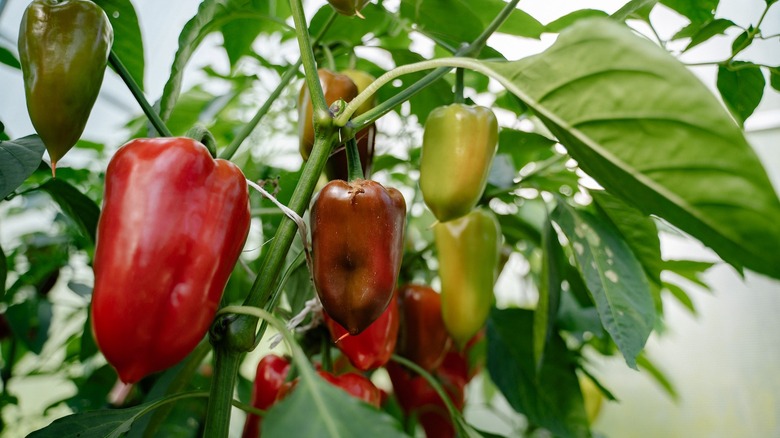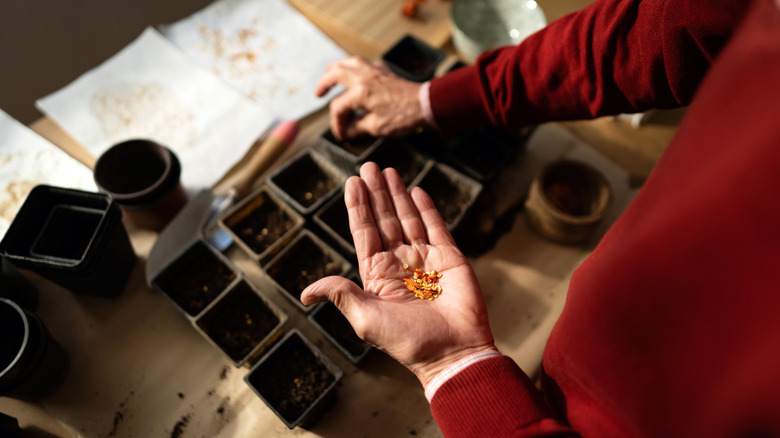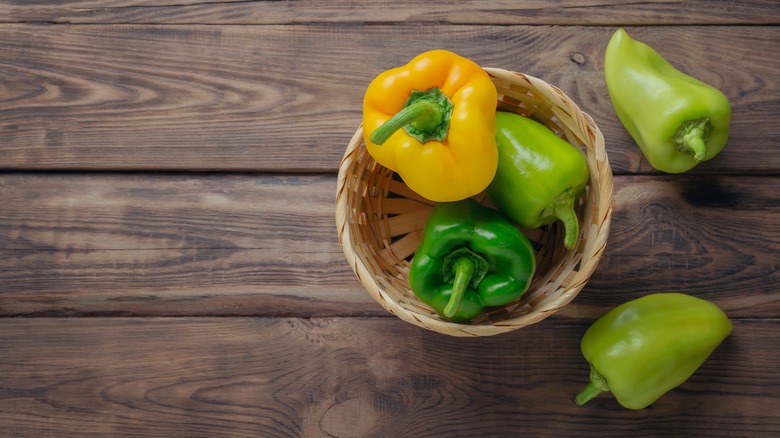Why Are So Many Peppers Mislabeled?
Across the US, gardeners are growing peppers only to discover the variety they were looking forward to harvesting is nowhere to be found. This problem is so widespread and confounding that it has been dubbed "peppergate" on social media. One reason this bait and switch is so frustrating is the time gardeners spend anticipating their harvest. Since all pepper seedlings look almost identical, there's no way to tell a banana pepper from a chili pepper until the plant produces fruit. When you plant jalapeño seeds, wait three months, and discover that your peppers are something else entirely, it can be a major disappointment.
"Peppergate" is affecting those who have started plants from seeds and gardeners who purchased seedlings. The first thing growers ask is, "What did I do wrong?" Unfortunately, the answer is usually nothing. There is no way you can plant a bell pepper and accidentally end up harvesting an Anaheim. The fault lies entirely with the seed that was planted and how or why it was mislabeled.
Possible causes
We know the problem leading to "peppergate" started with seeds harvested last year. Cross-pollination happens in peppers when the pollen from one variety is deposited on the stamen of another type. The fruit produced from that bloom will have features from each parent plant. This means even if you plant a bell pepper next to a jalapeño this year, it will not change the appearance or taste of the fruit produced this season. However, if you save seeds from this year's harvest, you might end up with hybrid seeds. Unfortunately, these cross-pollinated varieties rarely taste good. However, whether the wrong peppers popping up in home gardens result from cross-pollination remains to be seen. It is possible that there was a significant cross-pollination mistake by a large seed company, resulting in unusual combinations. Since many cultivars look similar as they grow, only a taste test will reveal the truth.
Another possible cause for these mislabeled peppers is a simple seed mix-up. If you dumped seed packets from two different types of peppers in your hand, you would not be able to tell the difference. All these seeds look very similar, so it makes sense that varieties may have gotten mixed up after they were harvested, resulting in mystery plants.
Why this problem is so widespread?
When we see a nationwide problem like this, we must consider the primary sources of seeds. As companies have merged over recent decades, only four now control about 60 percent of the global seed market. With the understanding that so few companies manage such a large portion of the seeds available to distributors, it is easy to see how a single seed mix-up at one of those organizations could result in a nationwide problem. The issue can trickle down from the parent company to large and small-scale growers that sell seedlings, then down to the many seed distribution brands, and finally, to your home garden.
If you discover you are a victim of "peppergate" and aren't sure how to deal with it, let us reassure you — there is nothing you can do. Okay, that may not be particularly reassuring, but you can make the most of it. Maybe you will discover a new pepper variety that you like. Since you do not know what species you're growing, you will have to guess when they are ready to harvest. Most peppers are red at maturity, but you can do a taste test when they are still green but have stopped growing. Here's hoping your mystery pepper ends up being a pleasant surprise!


